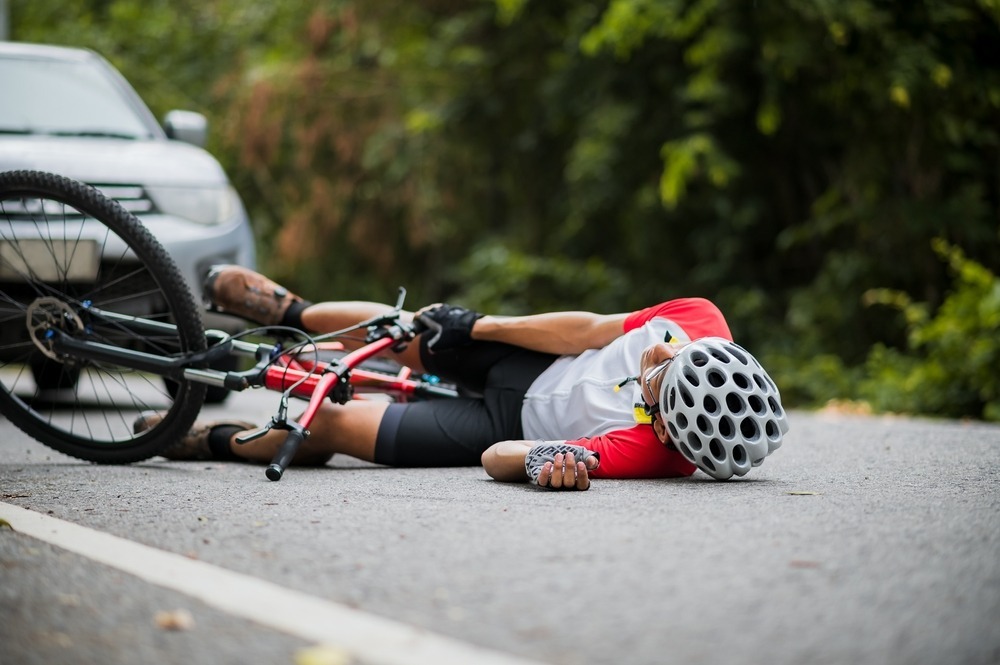Bicycle Accidents
Bicycle Accidents
Road bicycling is getting increasingly popular. As the number of bicyclists rises, so does the number of bicycle-related road accidents in the United States.
While modern cities and infrastructures are designed to follow road safety measures, two-wheelers are typically less protected than others in a collision. Until a universal sense of responsibility and awareness develops in all motorists, bicycling will be a risky for both bicyclists and motorists.


Bicycle Accidents in the United States: Facts & Statistics
What is Statistically Safer, Driving a Car or Riding a Bicycle?
Just like anything else, there are advantages and disadvantages to bicycle commutes. The risks depend upon your environment, road maintenance status, and other motorists.


